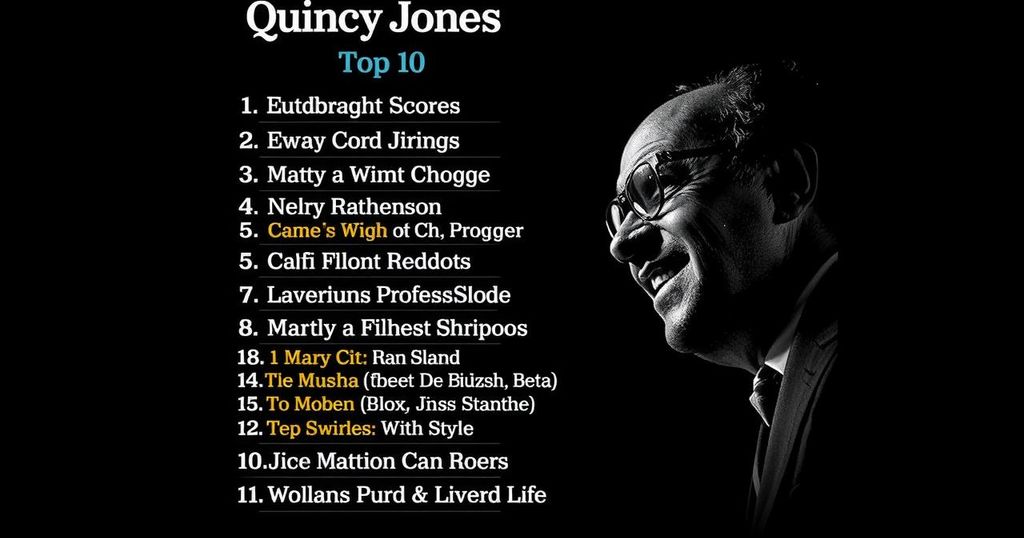Celebrating Quincy Jones: The Iconic Compositions of a Musical Legend
The article highlights Quincy Jones’ legendary contributions to film and television music, focusing on his ten best scores. From the Emmy-winning score for Roots to playful tunes like The Italian Job, his versatility spanned genres and styles. Key works include The Color Purple and Sanford & Son, showcasing his ability to craft memorable melodies that enhance storytelling. Jones leaves behind a profound legacy in music that resonates across time and genres.
The world lost a remarkable musical icon on November 3, 2023, as Quincy Jones passed away at 91. His journey began in the 1950s, performing alongside legends and blossomed in the 1960s as a pioneering producer, arranger, and composer. With countless hits under his belt, Jones’ genius notably shone in the realm of film and television scoring, creating a legacy that resonates through genres spanning jazz to pop. To honor this legendary figure, we revisit his ten best scores that encapsulate his extraordinary talent and cultural impact. Jones’ score for the groundbreaking miniseries Roots (1977) remains a powerful testament to his artistry, earning him an Emmy for capturing the profound journey from Africa to the American South. In Bob & Carol & Ted & Alice (1969), Jones blended classical elements with his unique jazz style, showcasing his versatility and preventing any typecasting in his career. The playful notes of The Italian Job (1967) demonstrated his knack for fun, inventive compositions, while The Getaway (1972) highlighted his ability to evoke emotion through music, further solidifying his role as a cinematic composer. The iconic theme from Ironside (1967) continues to echo across generations while The Pawnbroker (1964) marked Jones’ impressive debut score, setting a haunting yet vibrant tone for the grim tale of a Holocaust survivor. His enduring legacy in television sitcoms such as Sanford & Son (1973) introduced his unforgettable theme song, celebrated for its infectious groove. In films like The Color Purple (1985), Jones merged classical, jazz, and blues elements, crafting a sound that complemented the storytelling beautifully. Through darker narratives represented by scores in In Cold Blood (1967) and In the Heat of the Night (1967), Jones explored the complexities of human emotions, leaving a lasting impact on future generations of composers. Quincy Jones wasn’t just a musician; he was a cultural force whose melodies have become an integral part of our lives, transcending time and genre, leaving behind a legacy that is as impactful as it is timeless.
Quincy Jones, a legendary figure in music, created a vast repertoire that transformed the film and television soundscape. His career spanned decades, beginning as a bandleader and evolving into a revered producer, composer, and arranger. Jones not only shaped the sounds of pop music in collaboration with artists like Michael Jackson but also cultivated a rich body of work in film scoring, intertwining various musical genres to evoke emotion and narrative depth. His ability to adapt traditional musical forms and infuse them with contemporary flair solidified his standing as a master at forging sonic landscapes that resonate deeply with audiences.
Quincy Jones’ unparalleled contributions to music, particularly in film and television, underscore his status as an artistic titan. From deep emotional scores to lighthearted themes, his works encapsulate a diverse range of styles that cater to different narratives. As we reflect on his remarkable career, it’s clear that his legacy will continue to inspire and influence generations of musicians and filmmakers, ensuring that his melodies remain timeless and ever-present.
Original Source: www.billboard.com




Post Comment